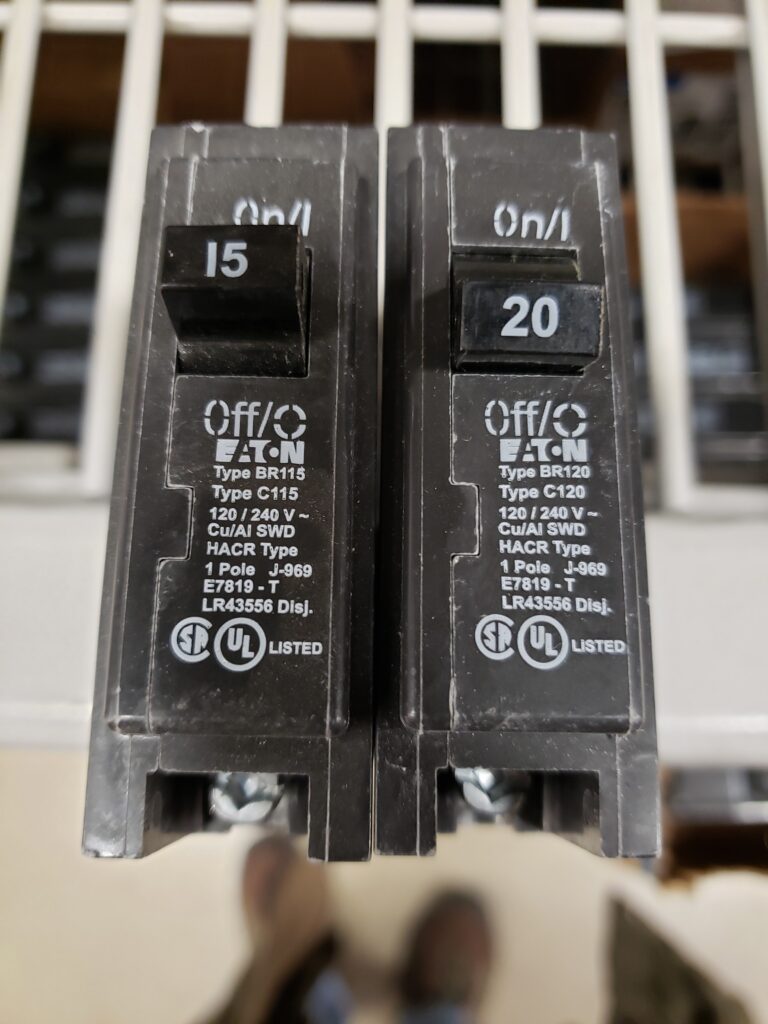MORGANTOWN — Legislators will be considering an update to state building code on Wednesday and the National Home Builders Association is proposing an amendment to fire safety code that would save its members and their customers several hundred dollars per home.
But the state chapter of the International Association of Electrical Inspectors along with fire safety inspectors and experts across the state and several national companies and organizations say the potential danger to lives and property isn’t worth the relatively paltry cost savings. They plan to turn out in force to oppose the amendment.

The Legislative Rule Making Review Committee will be taking up the code update and the proposed amendment during the latter half of a scheduled 12-hour meeting on Wednesday.
One line in this particular rule would update the state’s adoption of the National Electric Code form the 2014 edition to the 2017 edition.
In question is a requirement in both editions that new construction include Arc Fault Circuit Interrupters for most areas in new home construction. AFCIs are circuit breakers, used in place of conventional breakers, that shut off the power when they detect an arc in the wiring.
An arc occurs when the electric current jumps between wires and can occur outside a wall at an outlet or in an extension cord, or invisibly inside a wall where the wire insulation has cracked or worn or been accidentally penetrated by a screw or nail. The arcing poses a fire hazard.
AFCI breakers are more expensive than regular breakers. A trip to a local hardware store showed that a regular 15-amp breaker cost just over $4 while a 15-amp AFCI cost a bit over $40.
Current code requires AFCIs in all areas of a newly built home except the garage, an unfinished basement, a bathroom or the home’s exterior unless there’s a device in a room connected to the exterior that would require it, building inspectors told The Dominion Post.
NHBA asserts that the potential additional safety isn’t worth the extra cost. It says on its website: “The electrical problems AFCIs are designed to prevent occur overwhelmingly in older dwellings built to outdated codes. Since the 1990s, numerous changes have been made in both the NEC and product safety standards which mitigate against similar fires in newer homes—even as they age. For that reason, NAHB and other housing affordability advocates see their inclusion as an unnecessary expense.”
NAHB also would like to amend out requirements for AFCI receptacles and tamper-resistant receptacles for the same reason.
NHBA did not respond to requests for comment in time for this report, but spells out its rationale in detail in materials submitted to the committee.
One document says, “Higher regulatory costs have real consequences for working American families. … Nationally, for every $1,000 increase in the price of a home, about 150,000 households are priced out of the market for a median-priced new home. The added cost of $300-$400 for AFCIs may not sound like much when compared to the overall cost of a home, but this is only one of many regulations which adds cost for new homebuyers.”
Jack Jamison, secretary for the West Virginia Chapter of the International Association of Electrical Inspectors, is among those who plan to attend the meeting. He said the AFCI requirement was first adopted into the NEC in 1999 and went into effect in 2002.
“It would be a shame for West Virginia to roil safety back 17 years.” He cites similar numbers as NHBA but takes the opposite view. Ten extra breakers might cost another $300 to $400, but that’s a small part of the cost of a $200,000 home – based on 1,600 square feet at $125 per square foot.
“Any number of injuries is too many but a death because of a fire is totally unacceptable,” Jamison said. “An AFCI breaker prevents fires before they have the opportunity to ignite.”
Charles Roskovensky owns inspection company Housebusters Inc. and has been doing home inspections for 30 years.
He points out that West Virginia is mostly rural and outside the quick access of a city fire department. “Sometimes these houses need all the protection they can get in the countryside.”
Most fires are electrical fires, he said. “That’s why these arc faults are very important.” At the cost of a few hundred extra dollars, “Why wouldn’t a consumer want this type of protection in their home?”
Along with the Electrical Inspectors, the state Fire Commission – the agency proposing the rule (but not the amendment) — received letters opposing the amendment from the international technology company Siemens, Underwriters Laboratories and the National Electrical Manufacturers Association, among others.
NEMA says about AFCIs, “Conventional overcurrent protective devices do not detect low level hazardous arcing currents that have the potential to initiate electrical fires. It is well known that electrical fires do exist and take many lives and damage or destroy significant amounts of property. Electrical fires can be a silent killer occurring in areas of the home that are hidden from view and early detection.”
Tweet David Beard @dbeardtdp Email dbeard@dominionpost.com




